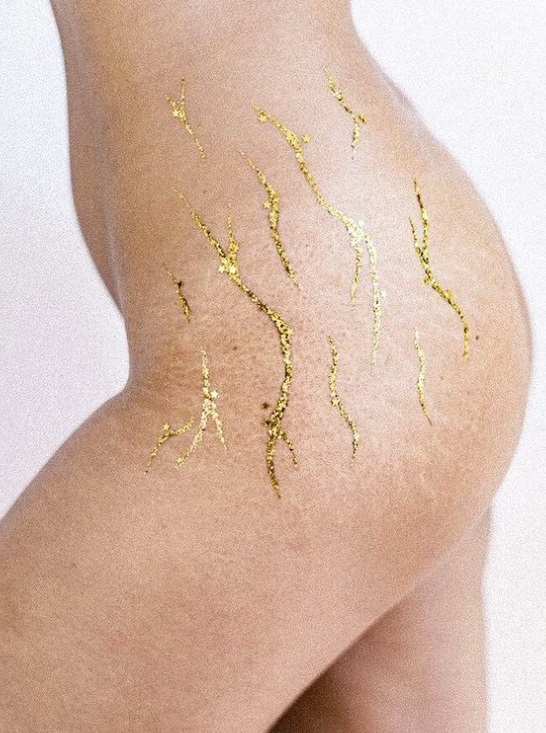
Hyperpigmentation scars often serve as reminders of past skin traumas, such as acne, burns, injuries, or even surgeries. These darkened patches on the skin can be a source of self-consciousness for many individuals. With advancements in skincare treatments, lightening these stubborn marks has become significantly more achievable. In this article, we explore some highly effective treatments that can help lighten hyperpigmentation scars in just 3-4 sessions.
1. Chemical Peels
Chemical peels are a popular treatment option for hyperpigmentation scars. They involve applying a chemical solution to the skin, causing it to exfoliate and eventually peel off, revealing a new layer of brighter, less pigmented skin underneath. The type and concentration of the chemical peel used depend on the severity of the hyperpigmentation and the patient’s skin type.
Some peels, like those containing alpha hydroxy acids (AHAs) or beta hydroxy acids (BHAs), can help remove the upper layer of the skin, allowing new skin to surface. Deeper peels, such as those containing trichloroacetic acid (TCA), can reach the deeper layers of the skin and are often more effective at reducing hyperpigmentation.
2. Laser Therapy
Laser therapy is another effective method for treating hyperpigmentation scars. These treatments use targeted light energy to break up the pigment in the skin. The body then naturally removes these pigmented cells, leading to a reduction in the appearance of the scar.
There are different types of lasers available for hyperpigmentation treatments. Non-ablative lasers, like the Fraxel Dual laser, stimulate collagen production and skin renewal without damaging the skin’s surface. Ablative lasers, like the CO2 laser, are more aggressive and remove the top layer of the skin to reveal less pigmented skin underneath.
3. Microneedling
Microneedling is a minimally invasive treatment that involves creating micro-injuries in the skin using tiny needles. This process stimulates the body’s natural wound healing process, encouraging the production of collagen and elastin. In turn, this helps generate new skin cells that are more evenly pigmented.
Microneedling can be combined with other treatments for enhanced results. For instance, a serum with active ingredients that target hyperpigmentation, like vitamin C or arbutin, can be applied after microneedling to boost its effects.
4. Paramedical Tattooing
An innovative approach to dealing with hyperpigmentation scars is paramedical tattooing, also known as scar camouflage. Skilled practitioners at Luna Skin Solution use custom-blended pigments to tattoo the scarred area, matching the color of the surrounding skin. This approach can effectively ‘hide’ the scar, creating an even skin tone appearance.
Each of these treatments requires some downtime and multiple sessions, with 3-4 treatments typically needed for significant results. It’s crucial to remember that everyone’s skin responds differently, and while these treatments can lighten hyperpigmentation, they may not completely remove it.
Always protect your skin from the sun after these treatments, as the skin can be more susceptible to sun damage. With careful treatment and diligent care, you can lighten hyperpigmentation scars and enhance your skin’s natural beauty.


Share
STAY IN THE LOOP
Subscribe to our newsletter
Proin gravida nibh vel velit auctor aliquet. Aenean sollicitudin, lorem quis bibendum auctor, nisi elit consequat ipsum, nec sagittis dolor sit amet, consectetur adipiscing elit. In ut ullamcorper leo, eget euismod orci. Cum sociis natoque penatibus et magnis parturiemontes, nascetur ridiculus mus. Vestibulum ultricies.
Proin gravida nibh vel velit auctor aliquet. Aenean sollicitudin, lorem quis bibendum auctor, nisi elit consequat ipsum, nec sagittis dolor sit amet, consectetur adipiscing elit. In ut ullamcorper leo, eget euismod orci. Cum sociis natoque penatibus et magnis parturiemontes, nascetur ridiculus mus. Vestibulum ultricies.


